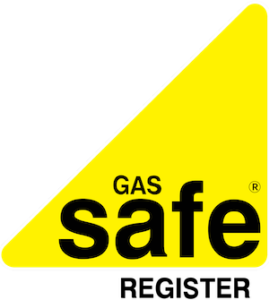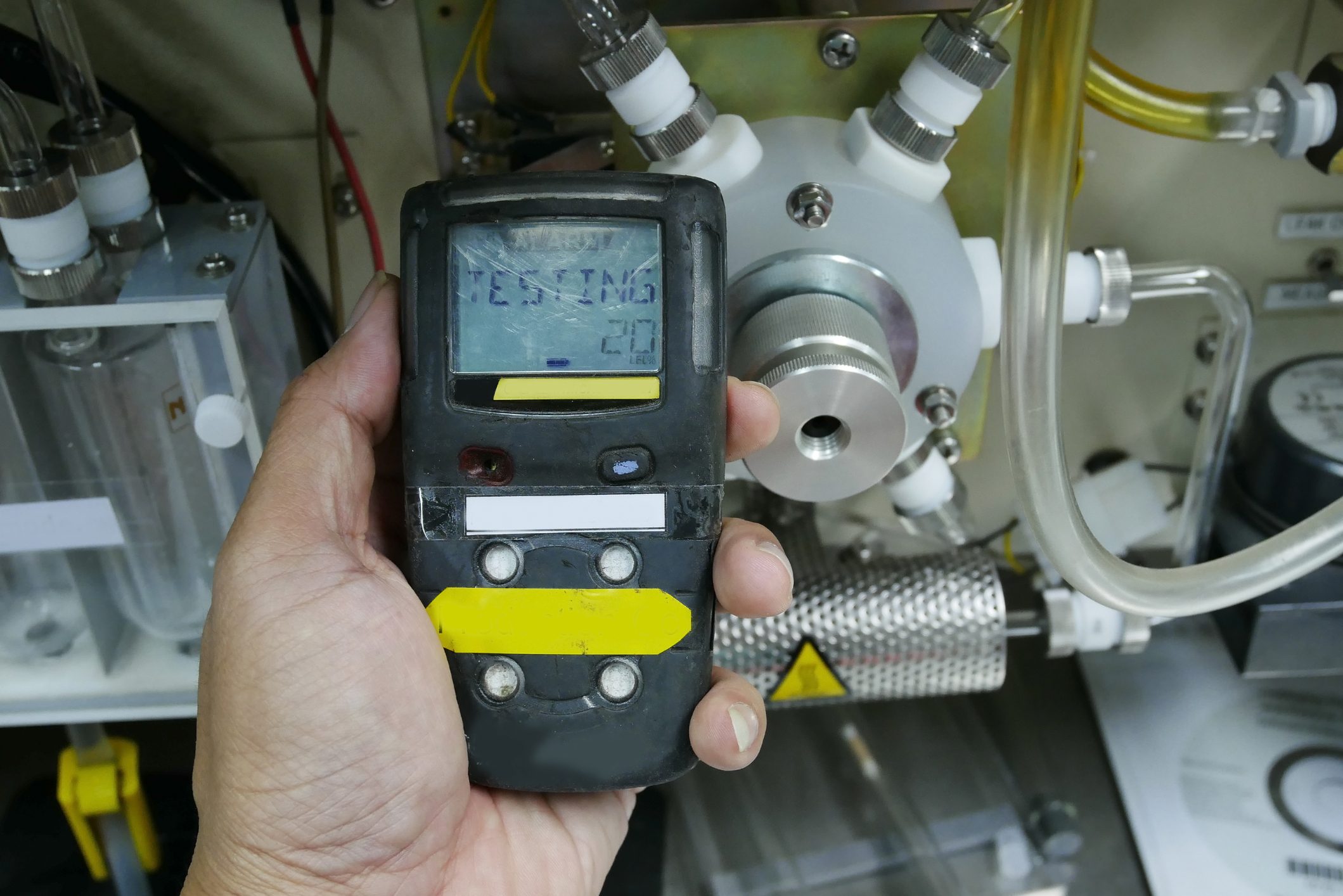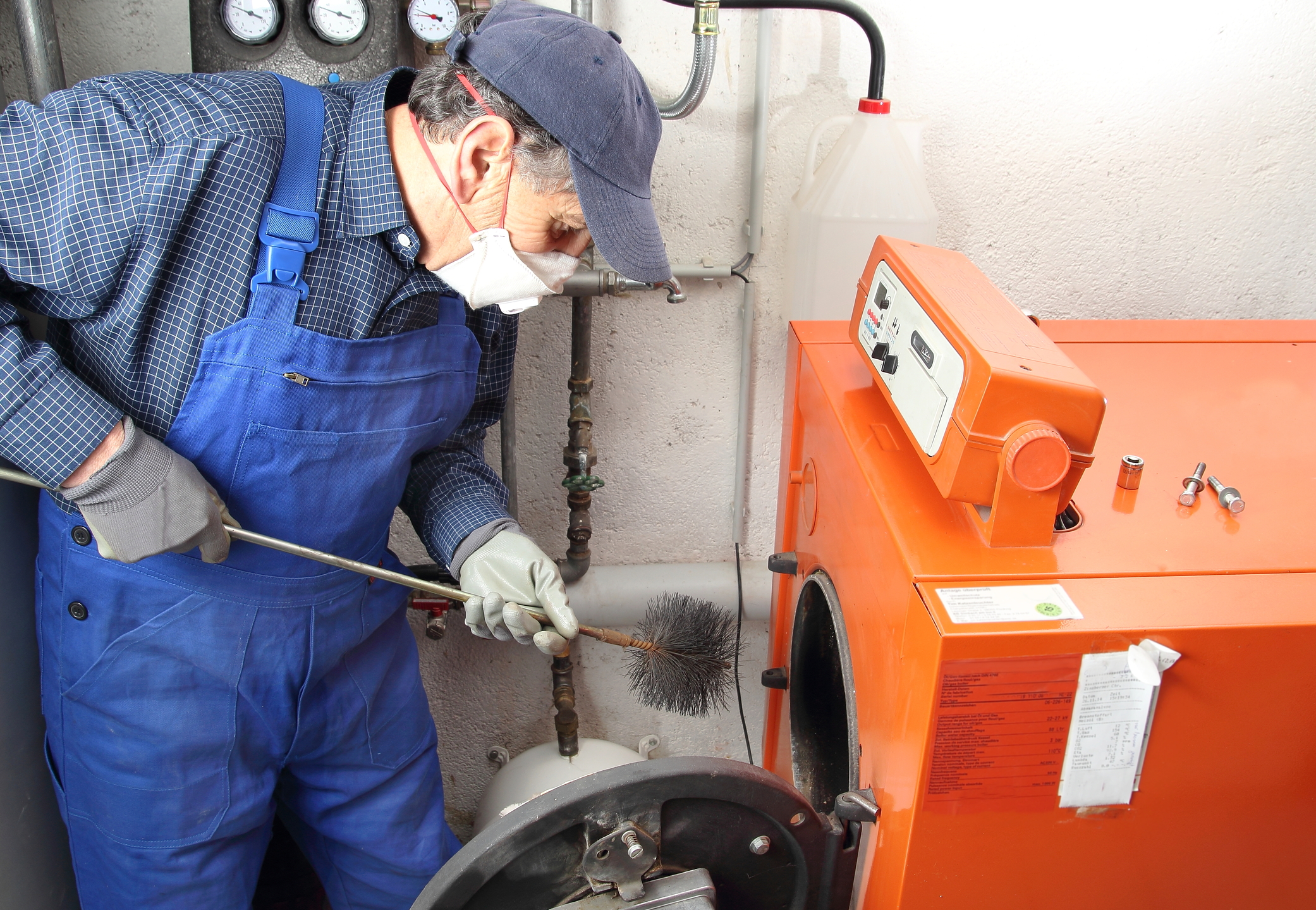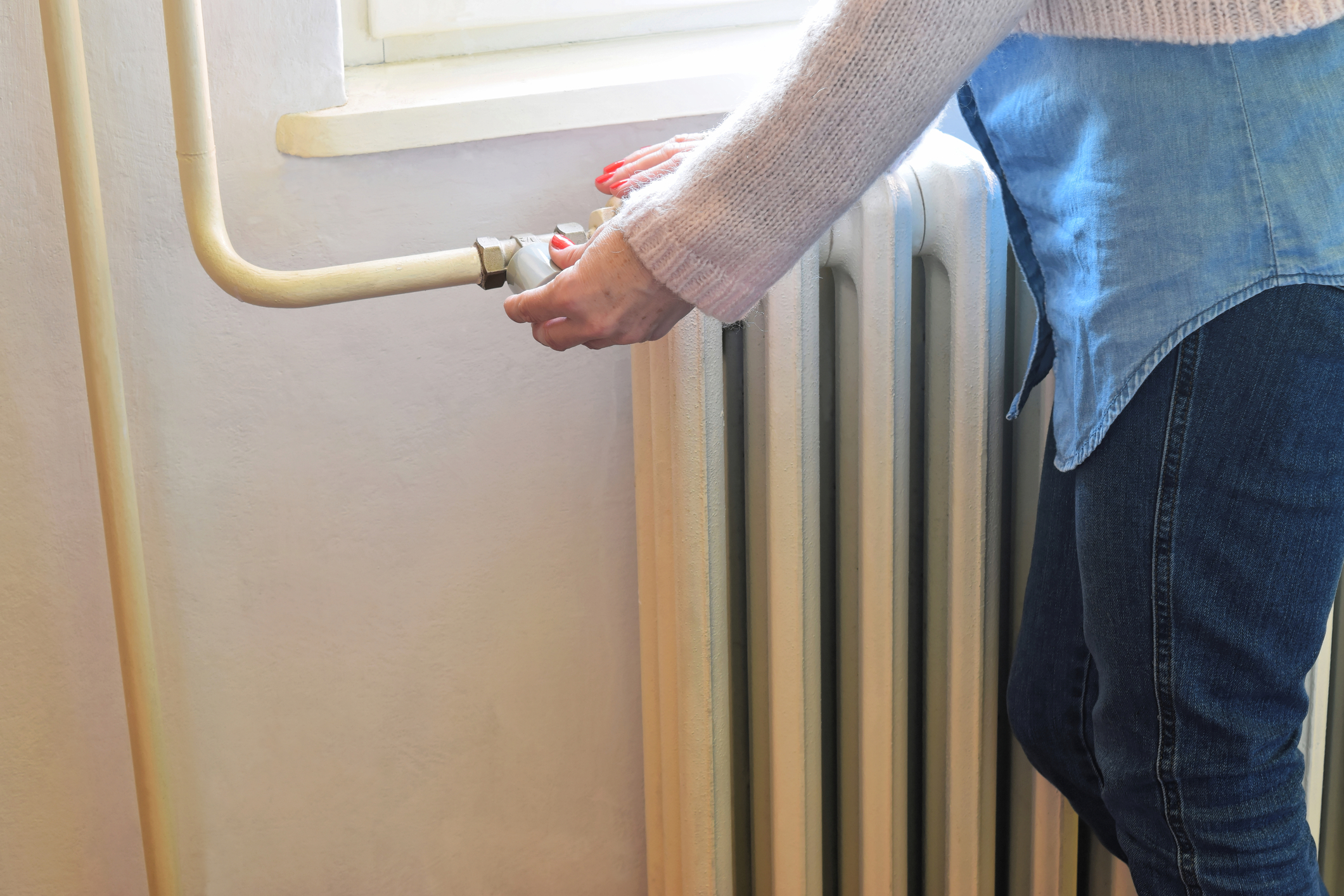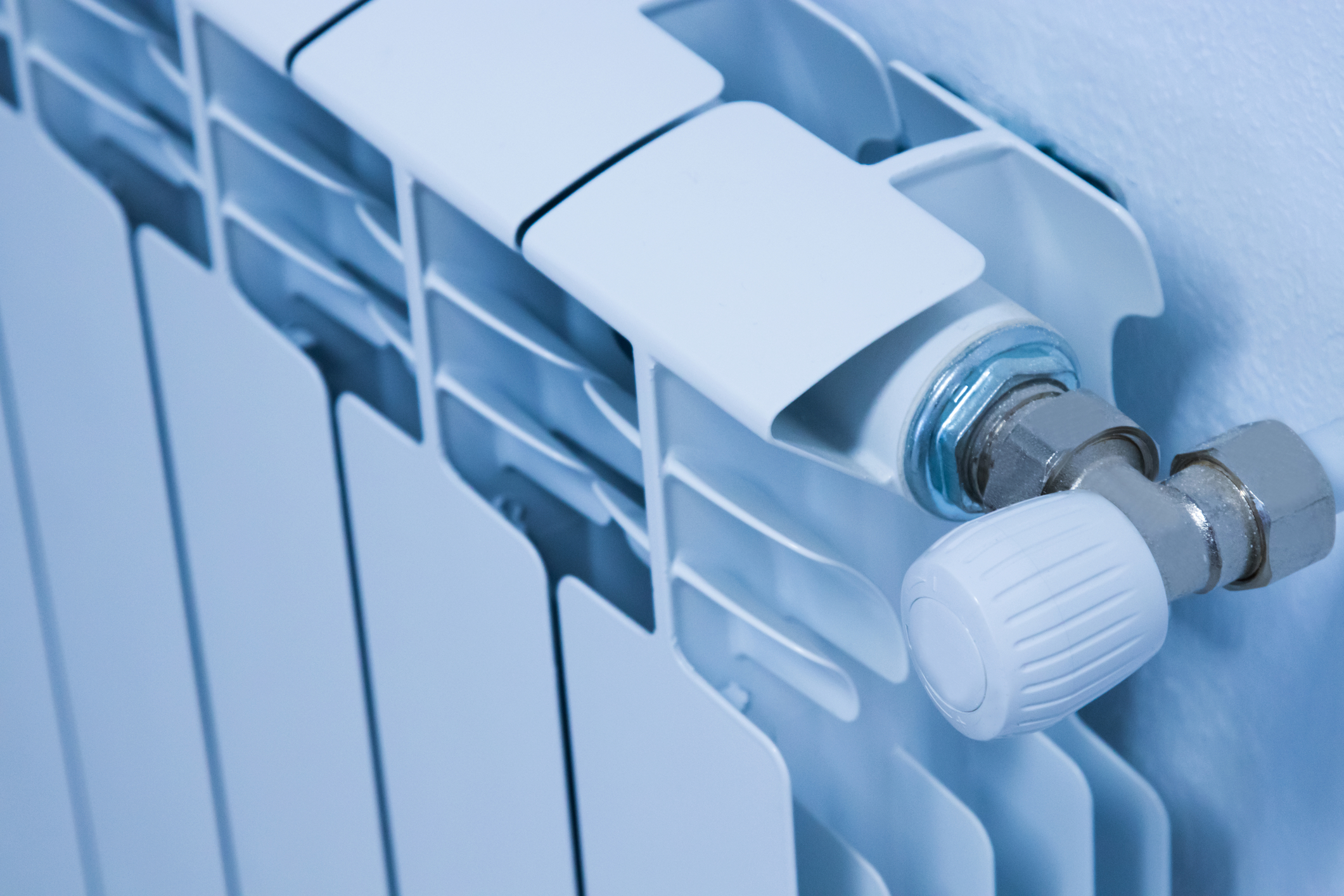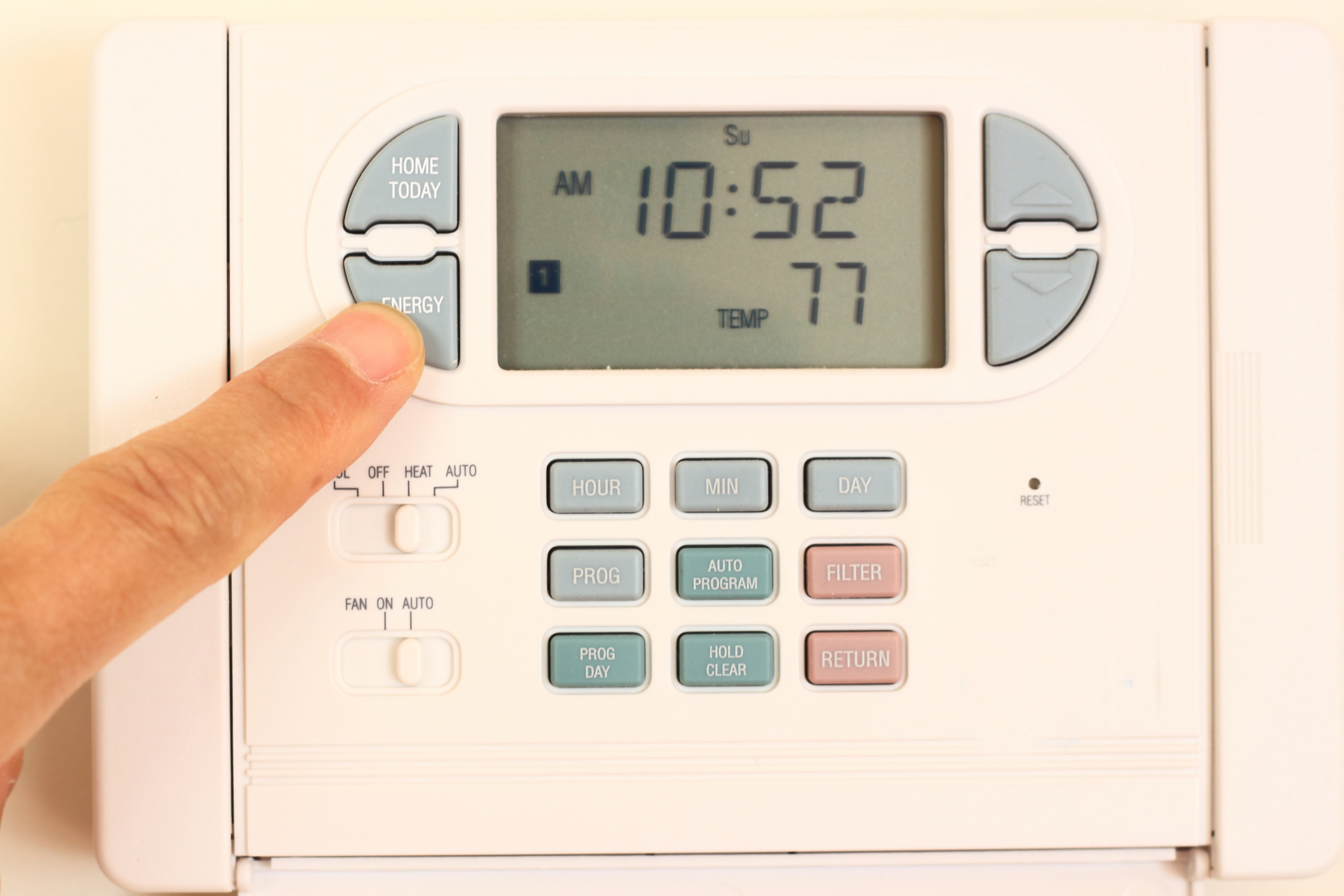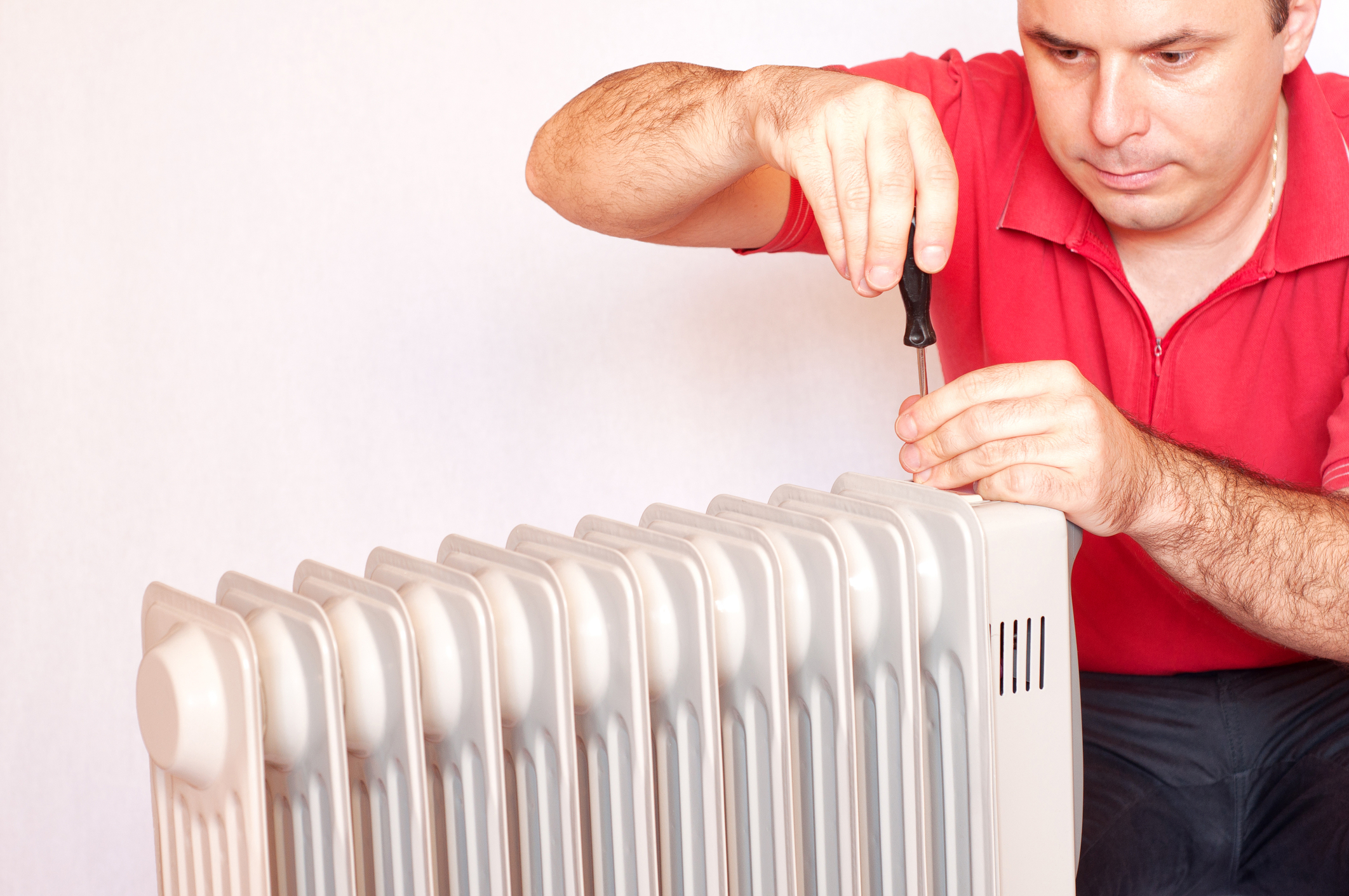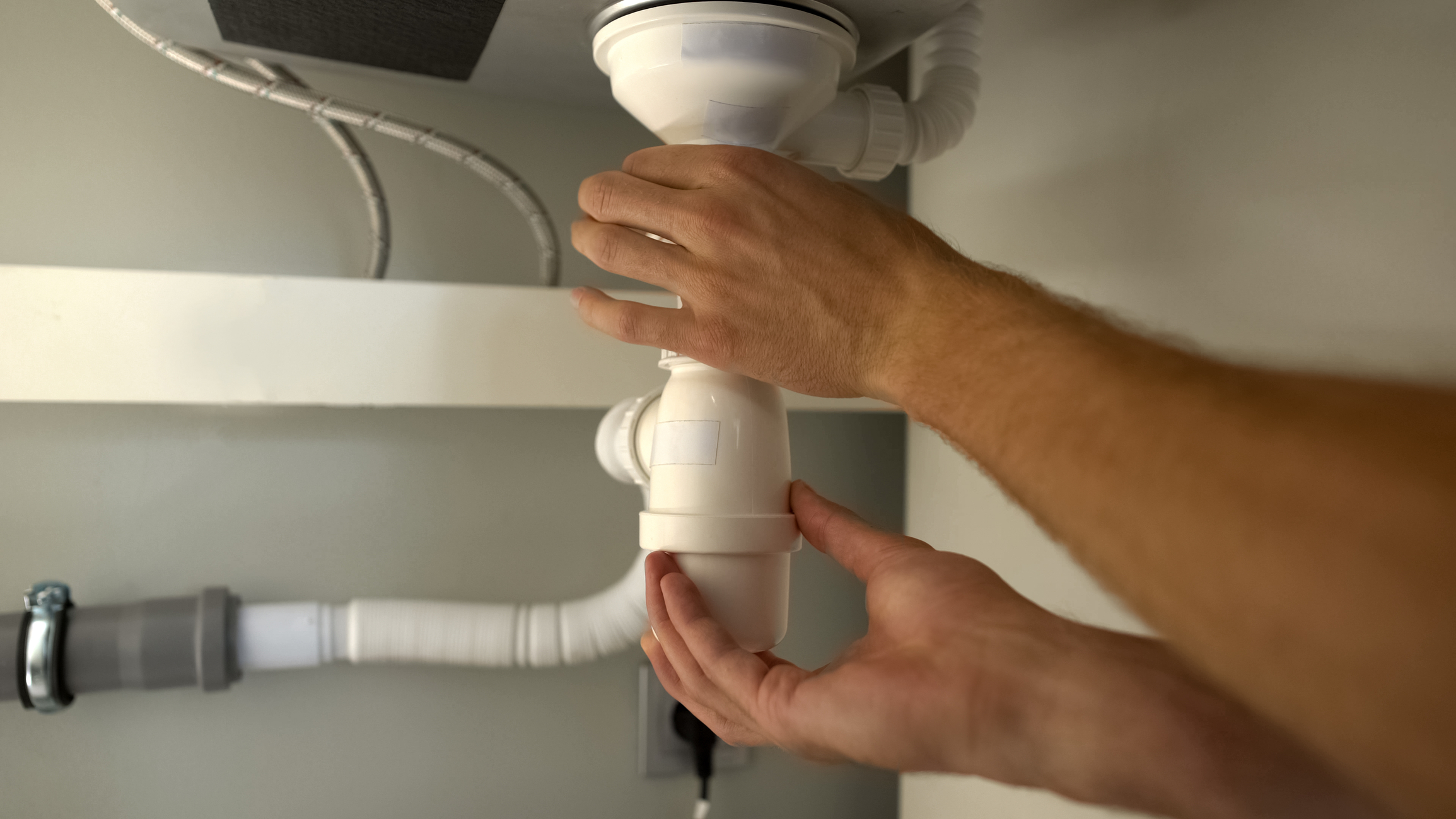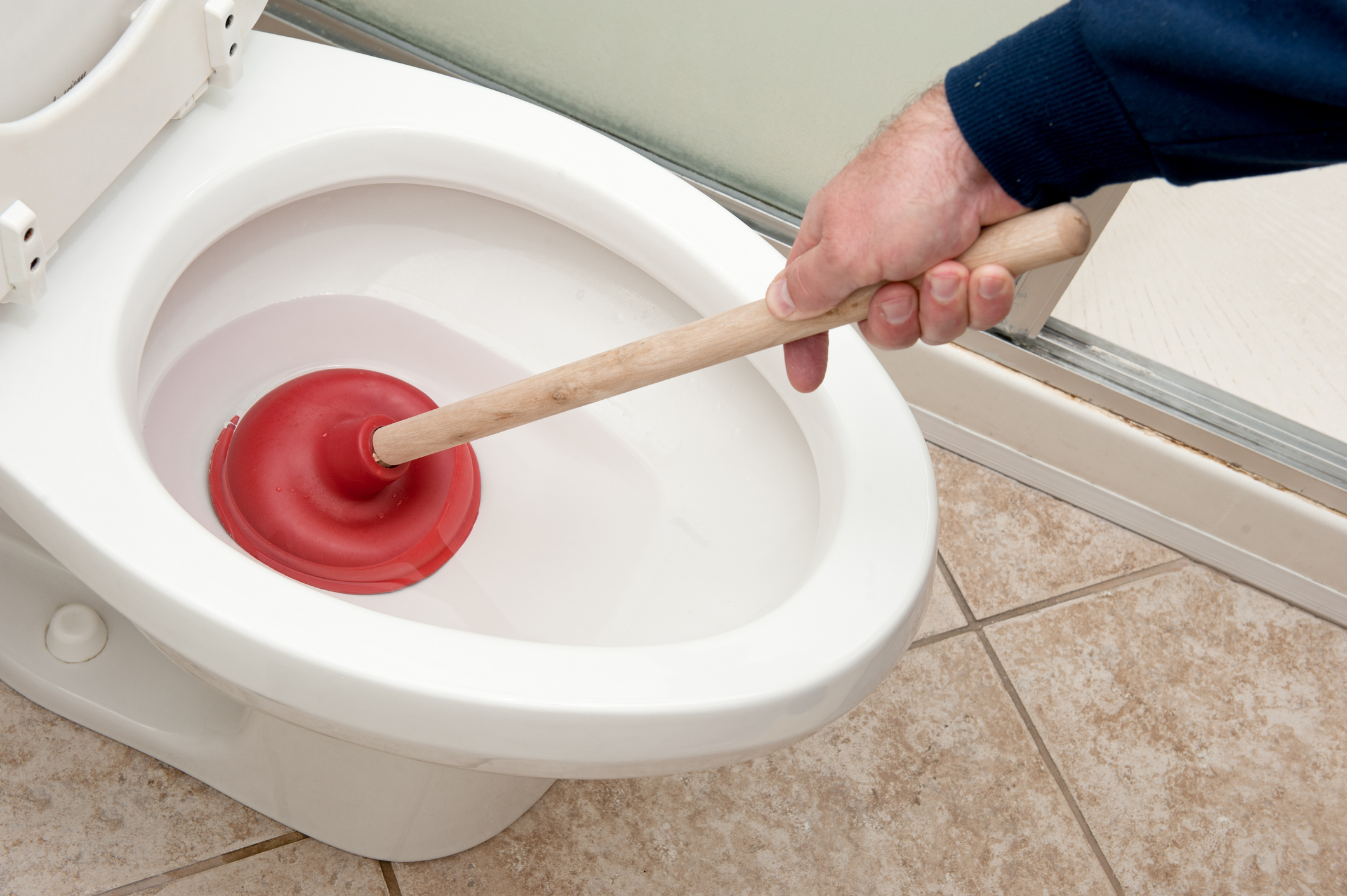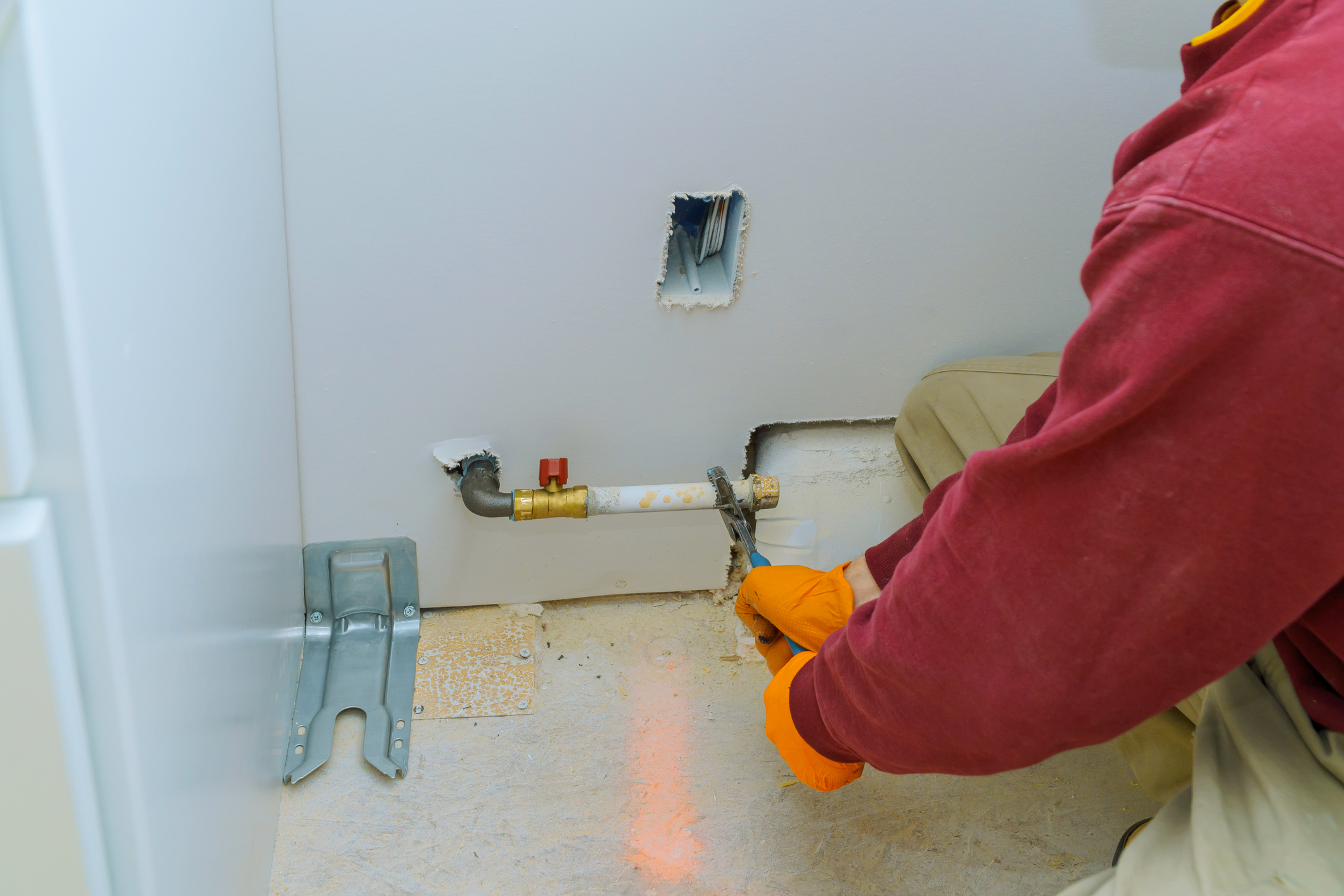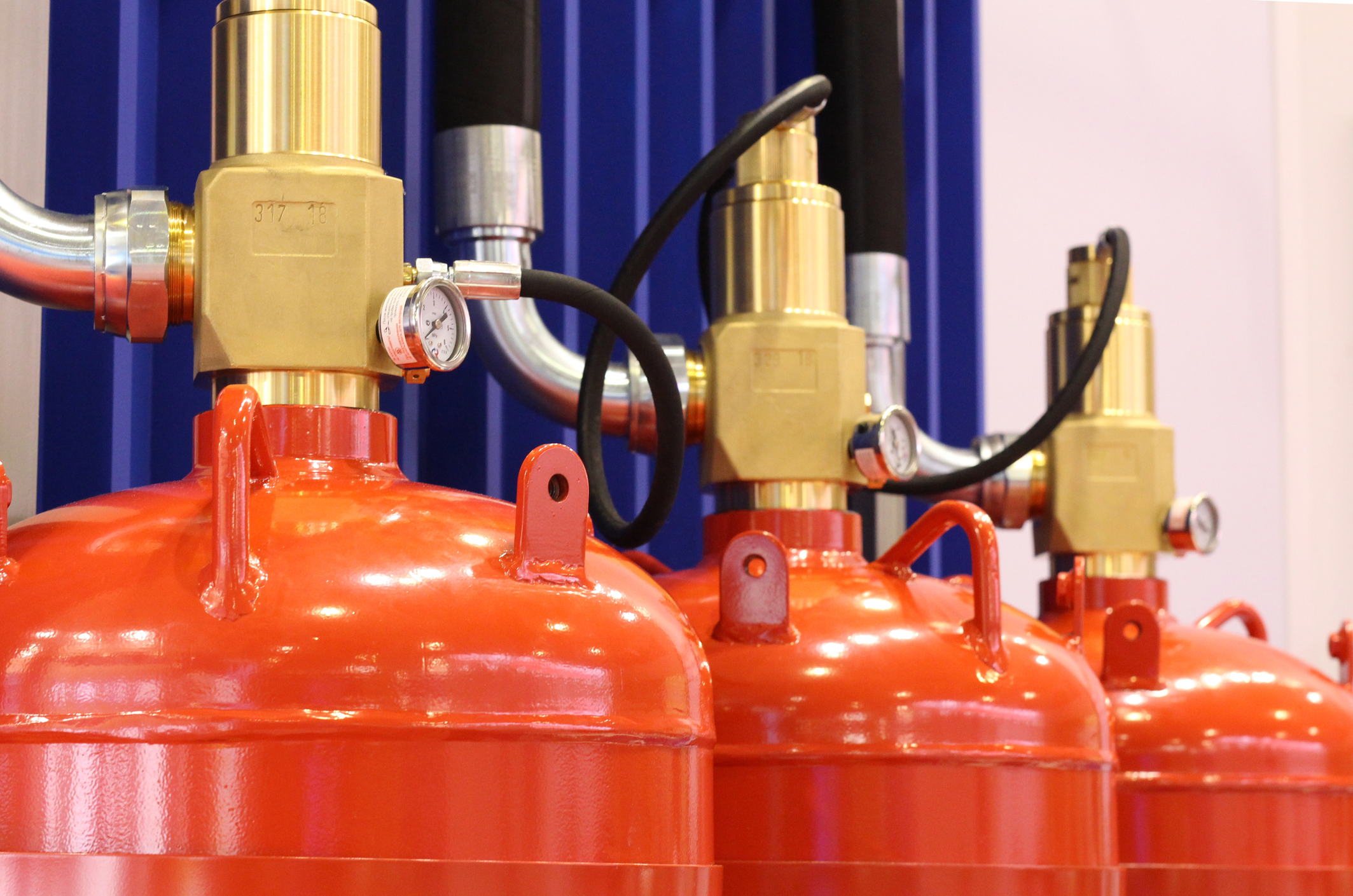We are far from the old days of manually lighting fires and carefully tending the flame. Do you feel a bit chilly? Turn up the heat of your boiler. Do you want to cook a meal? Switch on the hob. Safety is almost a guarantee because of how we have advanced as a race. While death by fire is not as common as before, there is a new danger in town: gas leaks.
Gas can be colourless and odourless. In other words, you don’t know when it would strike. The vigilance against it begins with proper boiler service and gas maintenance. Without the right amount of care and caution, these small problems can slip past your nose.
What Are The Dangers Of Gas Leaks In Your Home?
There are around 60 deaths per year from carbon monoxide poisoning. Out of those who recover, 10%-15% of them suffer from long-term health complications. The dangers of gas leaks in your home is CO poisoning, gas explosions, and, of course, house fires. When you smell gas, you can never know which of the three will affect you.
One out of six homes has unsafe gas appliances. It means that one house could cause a slew of problems. It does not just affect the owners, but their neighbours as well. One thing left unchecked can affect many people. When there is a gas leak in your home, you have to address it as soon as possible to minimise the harm.
The many awareness campaigns and safety warnings are there to protect you. Gas leaks can always lead to more significant consequences. Please don’t wait for it to escalate, always contact the national gas emergency service.
Find the best local plumbers in the UK!
Are Small Leaks Dangerous?
The size of the gas leak does not determine the level of harm. While the chances for fires depend on how massive the leak is, smaller ones can be dangerous as well. Lack of detection means that they continue for a longer period, and the longer it runs, the more you put you and your family at risk. Do not underestimate its size. It can still kill.
What Are The Signs Of A Gas Leak In Your Home?
While the gas itself can go undetected, there are usually signs that accompany gas problems. It is a matter of spotting, and addressing them before the worst can happen. There are two ways you can spot the leak:
Based on your physical symptoms
Based on your gas appliances
Using the information from both ways to spot leaks can create a complete assessment. It becomes less of a guess and more for a sure thing. Always get help from gas emergency hotlines as soon as you suspect a leak.
The Physical Symptoms Of CO Poisoning
If you feel unwell, but do not have any kind of fever or aches, it could be because of leaking gas. There are 6 significant symptoms of carbon monoxide poisoning:
Headaches/migraines
Dizziness
Nausea
Breathing problems/ Breathlessness
Fainting spells
Loss of consciousness
These 6 symptoms can come with fatigue and irritation in the eyes and throat. They may be common issues for some people, but it is all about the context. Do you only feel this way when you are at home? Do the symptoms disappear when you get fresh air? Do other people experience the same thing? Pay close attention to the children, the elderly, and even your pets. They may experience the symptoms first.
Call the gas emergency service and go to the nearest hospital or clinic to check if you need treatment for CO poisoning.
The State Of Your Gas Appliances
If no one feels unwell, you can still check for leak gas through your appliances. Boilers, hobs, and other gas appliances tend to act out first. Here are some of the signs you should pay attention to:
Inefficient burn- When the flame of the boiler or your gas hob is yellow or orange, it means there are impurities in the burning process. Those impurities create carbon monoxide. Make sure your flame is always a nice steady blue.
Soot stains- Any kind of dark powder or soot around gas appliances means there is a bit of smoke. Similar to the first sign, it means there are impurities, and your appliances are not efficiently working.
Pilot lights frequently blow out- Majority of the UK use condensing and combi boilers. In those cases, pilot lights are a thing of the past. However, for homes that still use gas/oil-burning boilers, the pilot light can help you diagnose boiler problems. If they frequently go out, it points to improper burning. Avoid using your boiler when it acts like this until it gets serviced.
Increasing condensation- If you notice more condensation indoors, it means there is poor ventilation in your home. The water vapour from the heating is not escaping the house properly. On its own, it is harmless. However, when this happens with the other signs above, it could be a sign for carbon monoxide leak.
When all the signs point to CO leak, you have to act quickly. Contact the national gas helpline for further instructions and contact your local Gas Safe engineer in Plumbingforce for inspection. Or you can check Gas Safe for a registered engineer in your area for inspection. Enter your postcode and browse the registrar for help. If you had similar problems before, the website use cookies to save important information which streamlines the process for the future. While waiting for the plumber to arrive, there are also emergency steps you can take.
Connect with the best local plumbers and boiler engineers near you
What Do I Do If I Smell Gas?
Gas usually has no smell. The scent that you smell? That was added by manufacturers for safety reasons. Without the scent, the numbers for gas-related deaths would be a lot higher as you wouldn’t be able to detect them. Now, the gases with scents are LPG and propane. You cannot smell gas for carbon monoxide. So there are some gas leaks you can notice immediately, and there is one that needs other signs.
When you smell gas or notice the other signs above, contact your plumber first. They need to properly inspect your home for the leaks you do not see. Then you do the following steps:
Ventilate your space
Try to get fresh air in your home ASAP. Open your doors and windows, turn on your exhaust fans, do anything that can help ventilate your area. Keep your doors and windows open and don’t close them until your place is in the clear.
Turn off all your gas appliances
Go through your entire house and disconnect or turn off your gas appliances. Avoid turning your lights on and off as well. Try not to turn on your electricity. Emergency methods are about avoiding sparks.
Turn off the main gas supply
The main gas supply is usually in the basement near the meter. Turn the handle to cut off the gas. If you live in a building contact your landlord or maintenance crew about your concerns.
Leave your house
Immediately go outside to avoid CO poisoning. If you have neighbours nearby, you may want to inform them as well to make sure everyone is okay.
Visit the doctor
Your local clinics or hospitals have tests to see if you need treatment for CO poisoning. It is a 50-50 chance, but it is best to err on the side of caution. There’s no way of knowing just how long you have been exposed to the gas.
If the matter is pressing, call the gas emergency helpline. The national gas emergency helpline is 0800 111 999. For emergency electricity issues, you can contact the national power cut helpline at 105. Both helplines are open 24/7.
Ignore the embarrassment that comes with a false alarm, that feeling never lasts. The health problems and the safety hazard from a real gas leak, on the other hand, can create a lasting impression. It is simple math, human life and safety over doubts and feelings all the time.
What Are The Other Preventive Measures I Can Take?
While the danger is real, we can always take a more active role in preventing gas leaks. You can get a CO detector and install it in your home. They are easy to find and relatively inexpensive. Get one that catches your attention so you can quickly respond to the emergency. Remember to replace the batteries every year.
Properly maintain your boiler. Annual boiler service means less debris in your system which means no impurities. Annual boiler service also includes cleaning your flues and making sure there are no leaks.
These two simple habits can make a world of difference. Gas and fire are not new inventions. Whether you smell gas or not, we should continuously work against safety hazards that come with poor maintenance. There is no lack of information online.
With the right effort, we can bring down the statistics further and make CO poisoning a thing of the past. Proper maintenance
For any kind of boiler service or help, you can contact Plumbingforce’s engineers.

